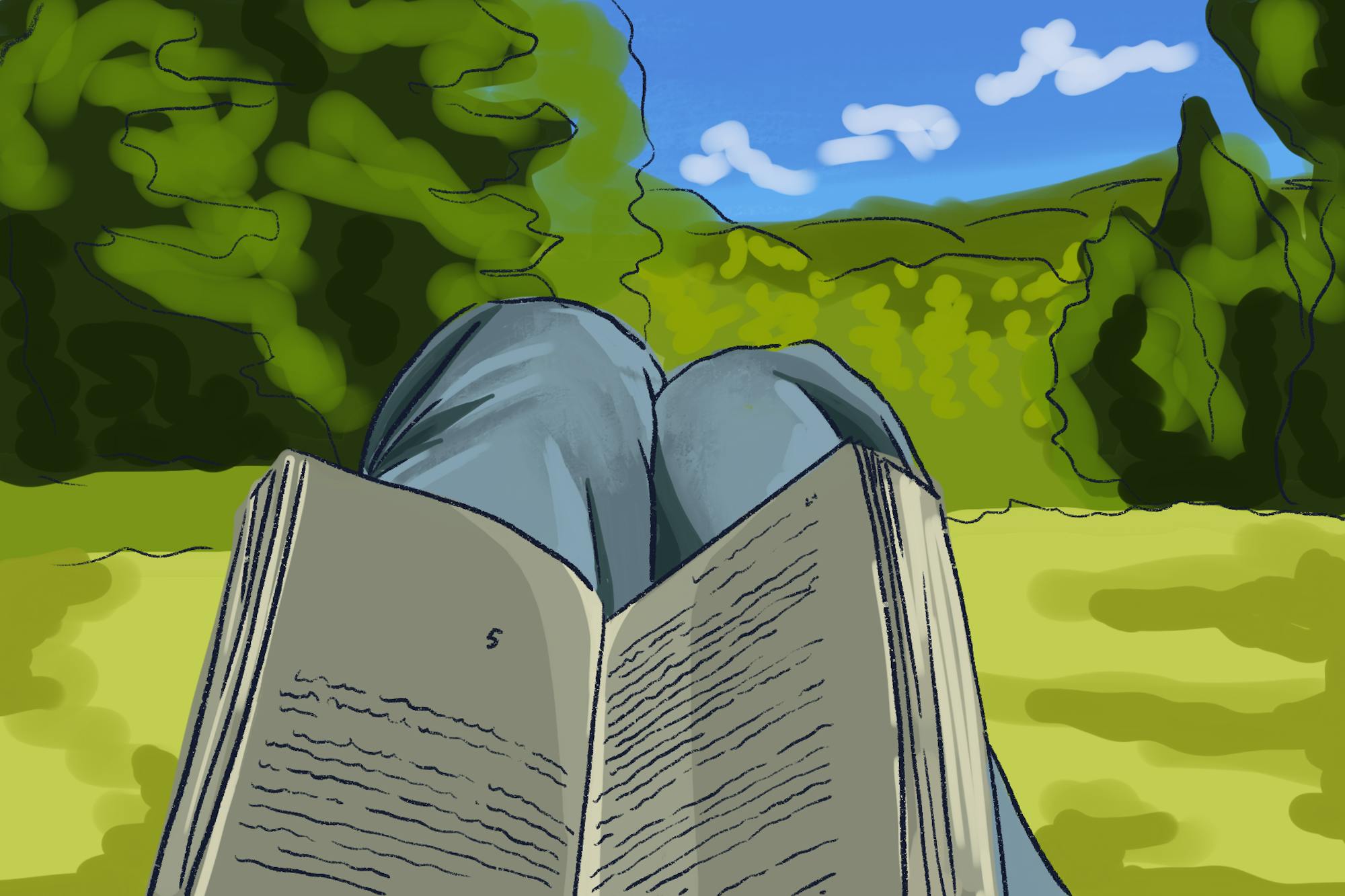As nature awakens from its winter slumber, there’s no better time to refresh your reading list with books that reflect the vibrancy and energy of spring. Whether you’re lounging in a sunlit garden or curled up inside on a rainy day, these hand-picked selections will invigorate your mind and spirit, transporting you to new worlds. From captivating novels to insightful non-fiction, let’s explore some literary works waiting to be read this spring.
1. “Anne Of Green Gables” by Lucy Maud Montgomery
Written in 1908, this classic takes readers on a journey to Prince Edward Island, Canada. The story revolves around the life of Anne Shirley, a red-headed orphan with a vibrant imagination.
Anne’s life takes an unexpected turn when she is mistakenly adopted by Marilla and Matthew Cuthbert, two unmarried siblings seeking help on their farm at Green Gables. Despite the mix-up, Anne wins over the Cuthberts with her intelligence, boundless imagination and zest for life.
Throughout the novel, Anne encounters new adventures as she grows and matures. She forms lasting friendships, particularly with her classmate Diana Barry, and navigates a rivalry with her spirited classmate Gilbert Blythe. Anne also finds inspiration in the lush natural surroundings of Green Gables, discovering beauty and comfort in its picturesque landscape.
The novel describes Anne’s journey as she discovers her place in the world, grapples with issues of identity and searches for love and acceptance. Her spirited nature and ability to find joy in life’s small moments have inspired readers for generations. As spring unfolds, Anne’s journey of self-discovery amid the blossoming landscapes of Green Gables mirrors the growth that marks the season.
2. “Middlemarch” by George Eliot
Set in the eponymous fictional English town, “Middlemarch” is a sprawling novel that intricately weaves together the lives of its diverse cast of characters. At the 1871 book’s heart are Dorothea Brooke, a young woman of idealistic aspirations, and Tertius Lydgate, an ambitious doctor. Through their intersecting storylines — and the lives of other characters — Eliot explores themes such as marriage, ambition, religion and societal change.
Dorothea, longing for a life of purpose, marries the elderly scholar Casaubon, only to find herself disillusioned by the realities of marriage and stifled by his intellectual arrogance. Meanwhile, Lydgate arrives in Middlemarch with dreams of medical reform but becomes entangled in the town’s politics and gossip, jeopardizing his professional aspirations and personal happiness.
Eliot’s vivid portrayal of life in Middlemarch reflects the spring season’s theme of renewal, as characters grapple with their desires amid the changes around them. With its nuanced characterizations, intricate plotting and philosophical depth, “Middlemarch” remains one of the most celebrated novels in the English language.
3. “Eleanor Oliphant Is Completely Fine” by Gail Honeyman
Gail Honeyman’s 2017 novel presents the story of Eleanor Oliphant, a socially awkward woman whose life is characterized by solitude and routine. Working in an office job that fails to fulfill her, Eleanor’s days are marked by little interaction with others — until she develops a crush on a local musician and forms an unexpected friendship with Raymond, her kind-hearted coworker.
As Eleanor’s life becomes intertwined with those around her, she feels compelled to confront her past traumas and the loneliness that has shaped much of her existence. Through her journey of self-discovery, Eleanor learns to embrace the possibility of love and connection, ultimately finding acceptance. In the spirit of spring’s rejuvenation, Eleanor’s journey toward self-acceptance and connection resonates with themes of personal growth.
With its poignant exploration of loneliness, resilience and the transformative power of human connection, the novel offers a compelling narrative. Honeyman’s skillful storytelling and well-developed characters make “Eleanor Oliphant Is Completely Fine” a captivating read, ideal for immersing oneself in during the rejuvenating days of spring.
4. “The Sun and Her Flowers” by Rupi Kaur
Rupi Kaur continues to explore the themes of love, loss, healing and femininity that captivated readers in her debut collection, “Milk and Honey.” Divided into five chapters — “wilting,” “falling,” “rooting,” “rising” and “blooming” — “The Sun and Her Flowers” traces a journey of self-discovery and empowerment.
Kaur’s poetry is characterized by its raw emotion, striking simplicity and evocative imagery. Through free verse and minimalist illustrations, she delves into the complexities of relationships, self-love, identity and the immigrant experience. With honesty and vulnerability, Kaur invites readers to confront their own pain and embrace their inner strength.
The 2017 text is both a deeply personal and universally resonant collection, one that speaks to the human experience in all its joy and sorrow. Kaur’s words are a testament to the power of art to heal, inspire and transform.
5. “The Hidden Life Of Trees” by Forester Peter Wohlleben
In his 2015 text, Forester Peter Wohlleben takes readers on a journey into the fascinating and complex world of trees. Drawing on scientific research and his own observations, Wohlleben reveals the astonishing ways in which trees communicate, cooperate and care for each other in intricate root networks underground.
Through vivid storytelling and insightful anecdotes, Wohlleben explores topics such as tree communication, social networks and symbiotic relationships with other organisms such as fungi. He also sheds light on the role of trees in their ecosystems, their ability to adapt to changing conditions and the threats they face from human activity.
Wohlleben’s narrative encourages readers to rediscover the wonders of nature and foster a deeper connection to the natural world that surrounds us.




